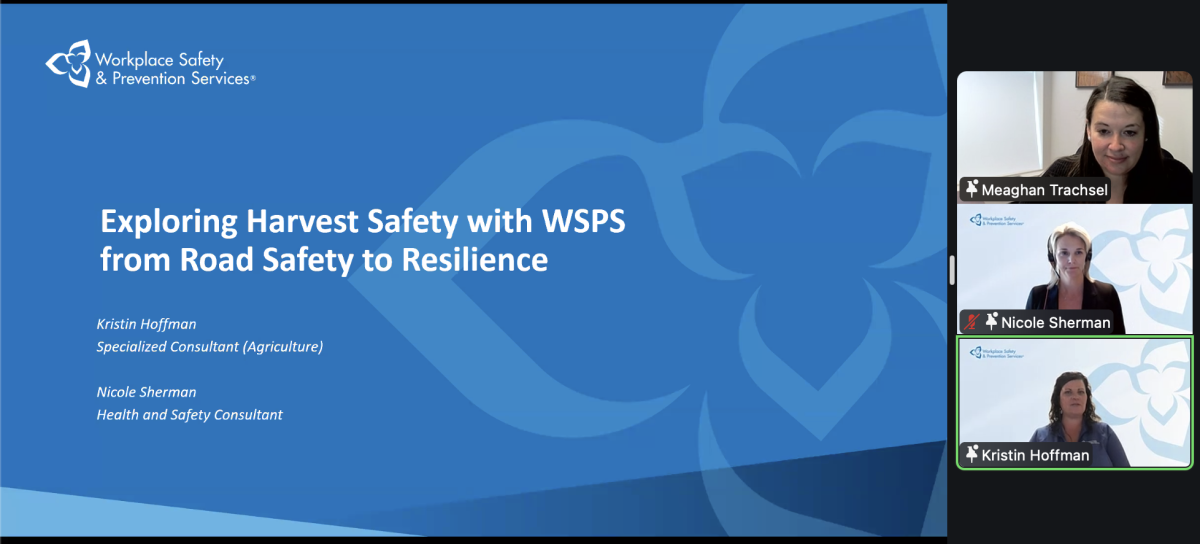The federal government has updated and improved its community information database, in an effort to bolster regional economic development.
The Community Information Database (CID) is available free online (www.cid-bdc.ca) and contains 1996, 2001 and 2006 census data which provides a wide range of information, such as population, age, income, employment rate, education, immigration and citizenship, language, resource reliance, health and crime.
Revenue minister Jean-Pierre Blackburn, who is also minister of state for agriculture, launched the enhanced database today in Quebec City during the international OECD rural conference aimed at rural development.
Read Also

Exploring Harvest Safety
Kristin Hoffman of WSPS explains measures for increased farm safety around harvest season
“This on-line tool provides an in-depth look at what our communities have in terms of regional assets and how diverse they are economically, socially and culturally,” Blackburn said in a prepared release. “This reliable, innovative tool can be used by students, universities, community groups, private or non-profit organizations, government policy makers, businesses, academics or anyone wanting to learn more about their community in an effort to making a difference in rural Canada.”
As part of the relaunch, the CID has undergone an “e-renovation,” making it easier to use and more accessible.
The site includes more than 700 indicators about individual communities, regions or provinces and has features to: create and download maps, tables, and charts; compare similar-sized communities; research and analyse population changes; and create community profiles. The site has an on-line forum to share CID experiences, and a step-by-step guide on the site will help users get the most out of the CID.














